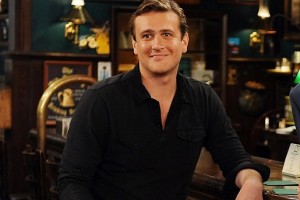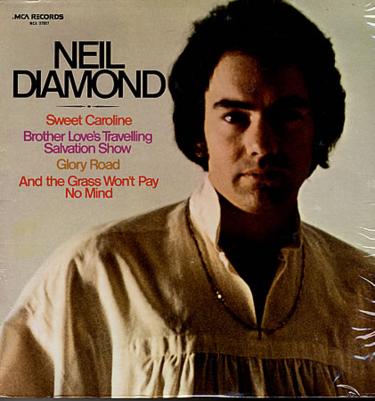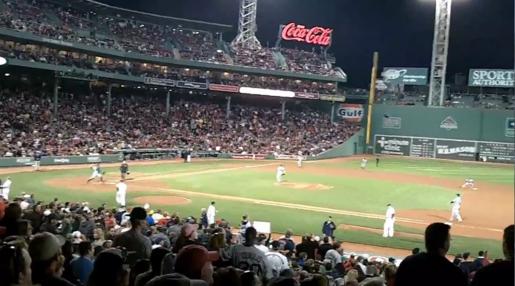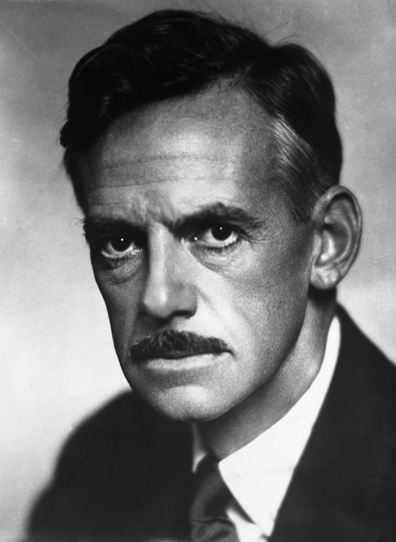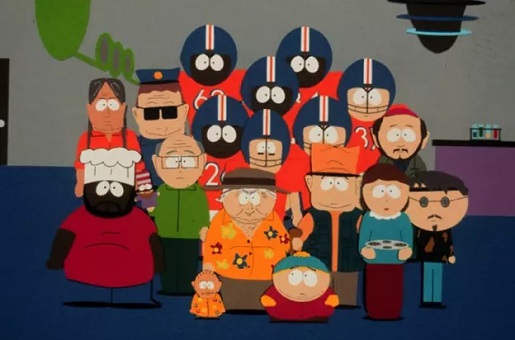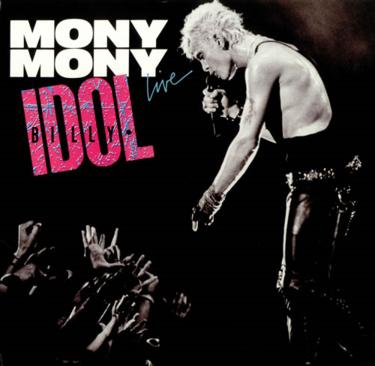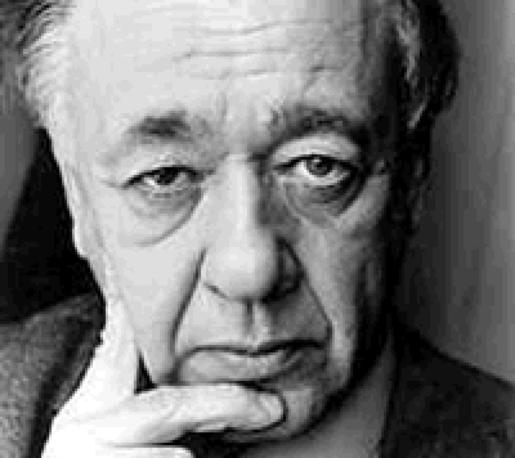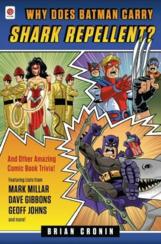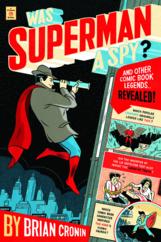Here is the latest in a series of examinations into urban legends related to architecture and whether they are true or false. Click here to view an archive of the architecture urban legends featured so far.
ARCHITECTURE URBAN LEGEND: Frank Lloyd Wright’s design for Imperial Hotel in Tokyo led to the Hotel being unaffected by the 1923 Great Tokyo Earthquake.
The second Imperial Hotel (the first one was destroyed by fire in 1919) was designed by legendary architect Frank Lloyd Wright. Wright had long been fascinated by Japanese culture and he envisioned (and designed) the hotel as a hybrid of Japanese and Western architecture.
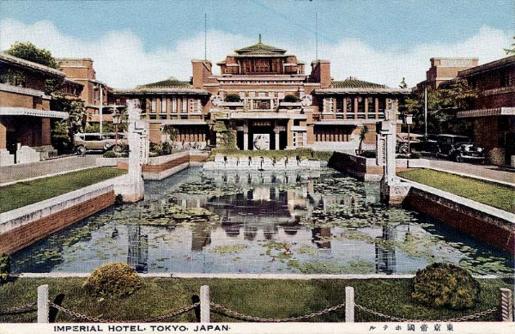
Earthquakes have long been a danger in Japan, and Wright decided to design the hotel to protect the building from being damaged in an earthquake.
This has led to a legend that has been passed around a number of websites under the heading of CONFIDENCE (where stories about famous people being confident are shared). The citation is to a January 1993 issue of Bits and Pieces magazine (the magazine that motivates people!).
Frank Lloyd Wright is among the most innovative architects this county ever produced. But his fame wasn’t limited to the United States. About 70 years ago, Japan asked Wright to design a hotel for Tokyo that would be capable of surviving an earthquake. When the architect visited Japan to see where the Imperial Hotel was to be built, he was appalled to find only about eight feet of earth on the site. Beneath that was 60 feet of soft mud that slipped and shook like jelly. Every test hole he dug filled up immediately with water. A lesser man probably would have given up right there. But not Frank Lloyd Wright. Since the hotel was going to rest on fluid ground, Wright decided to build it like a ship. Instead of trying to keep the structure from moving during a quake, he incorporated features that would allow the hotel to ride out the shock without damage. Supports were sunk into the soft mud, and sections of the foundation were cantilevered from the supports. The rooms were built in sections like a train and hinged together. Water pipes and electric lines, usually the first to shear off in an earthquake, were hung in vertical shafts where they could sway freely if necessary. Wright knew that the major cause of destruction after an earthquake was fire, because water lines are apt to be broken in the ground and there is no way to put the fire out. So he insisted on a large outdoor pool in the courtyard of his hotel, “just in case.”
On September 1, 1923, Tokyo had the greatest earthquake in its history. There were fires all over the city, and 140,000 people died. Back in the U.S., news reports were slow coming in. One newspaper wanted to print the story that the Imperial Hotel had been destroyed, as rumor had it. But when a reporter called Frank Lloyd Wright, he said that they could print the story if they wished, but they would only have to retract it later. He knew the hotel would not collapse.
Shortly afterward, Wright got a telegram from Japan. The Imperial Hotel was completely undamaged. Not only that — it had provided a home for hundreds of people. And when fires that raged all around the hotel threatened to spread, bucket brigades kept the structure wetted down with water from the hotel’s pool. The Imperial Hotel isn’t there anymore. It was finally torn down in the 1960s to be replaced by a more modern structure.
Baron Kihachiro Okura did, indeed, sent Wright a telegram stating:
Hotel stands undamaged as monument to your genius Congratulations
And it was this that Wright, naturally enough, shared with reporters (it was not like lots of other people had any direct information to contradict him). And it was this telegram that spread the “the hotel was unaffected by the earthquake” legend.
Is it true?
Read the rest of this entry »




